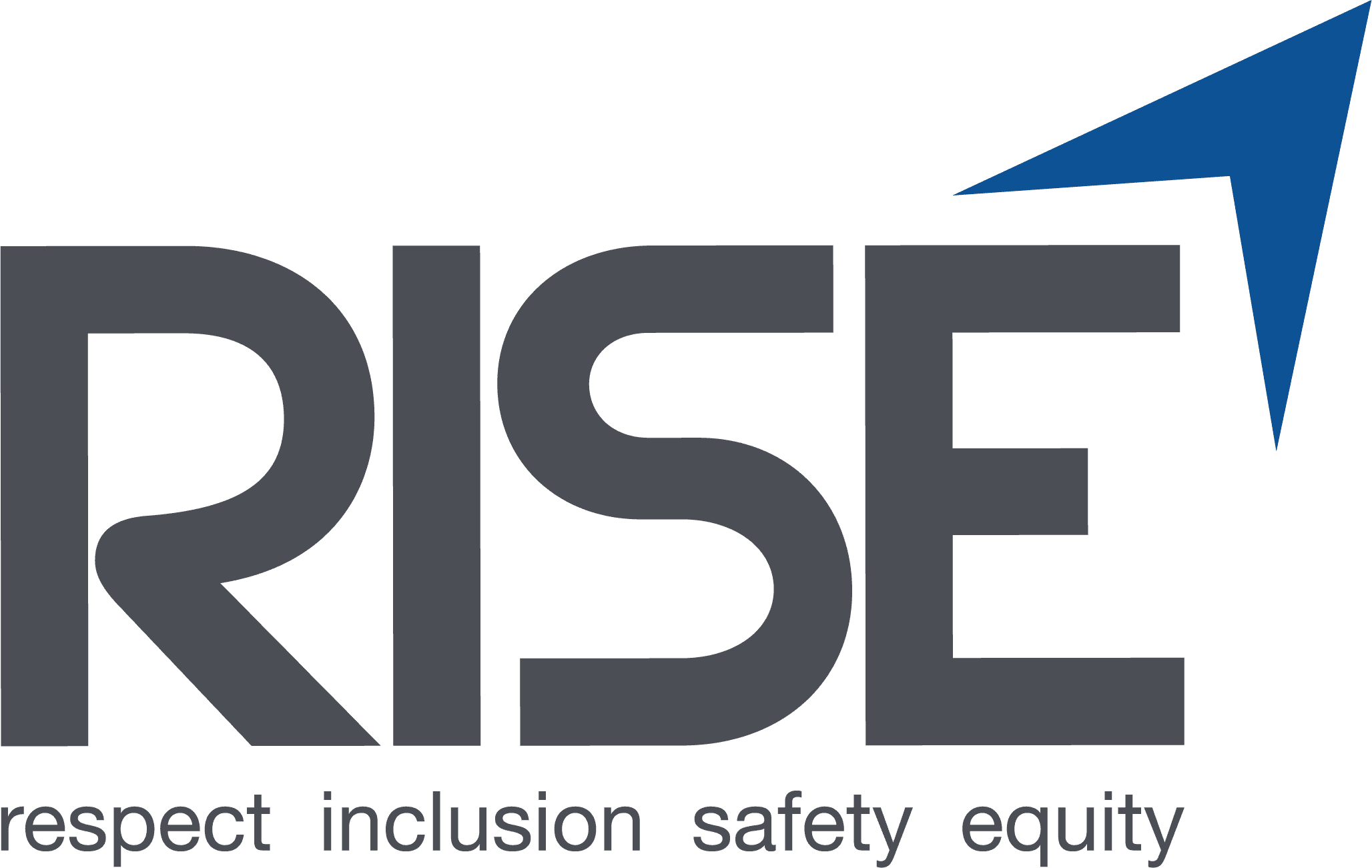
We are all guilty of unconscious bias. However, being able to identify unconscious biases in yourself and your team can help make your work site a safer, more productive place. It can help you make better personal decisions.
In this post, we’ll discuss:
- What unconscious bias is
- Why unconscious biases are important to recognize and understand
- 7 common types of unconscious bias in construction
What is Unconscious Bias?
Unconscious bias (also known as implicit bias) refers to certain attitudes or ingrained stereotypes that exist deep in our minds that we often fail to recognize. Unlike conscious biases, unconscious biases aren’t intentionally discriminatory. In many cases, unconscious biases actually go against our personal beliefs. Still, these biases subconsciously impact the way we think, act, and comprehend the world around us.
You can have unconscious biases about anything, including but not limited to:
- Gender
- Age
- Appearance
- Race
- Religion
- Political affiliations
- Sexuality
Our minds are naturally wired to make assumptions and associations based on what we learn, our experiences, and our surroundings. These assumptions and associations help our brains process information more efficiently. However, the information based on these biases can be harmful to people who we consciously believe should be treated as equals.
Why Unconscious Biases are Important to Recognize and Understand
In our everyday lives, recognizing and understanding unconscious bias can help us make conscious efforts to change our mindsets and behaviors. It allows us to truly believe more inclusive and respectful of those who are different than we are.
In the workplace, it can mean the difference between getting ignored or getting an interview. For example, when Jose Zamora applied for jobs, he would send his resume to 50-100 companies every day without receiving any responses. When he removed the “s” from his name, suddenly he got an influx of responses.
Unconscious biases also impact people while they’re employed. It’s why women in construction claim earning respect is their biggest challenge, or why many LGBTQ+ construction workers decide against coming out at work.
Understanding the different kinds of unconscious bias can help you:
- Identify victims of unconscious bias
- Identify biases and speak up against them
- Understand your own unconscious biases better
- Create a more inclusive work environment
7 Common Types of Unconscious Bias in Construction
There are far more than 7 types of unconscious bias, but here are a few of the main ones:
Affinity Bias
Affinity bias refers to our tendency to interact with people who are like us. It’s natural for this to happen, since we often feel immediate connections to people sharing similar experiences. However, these connections should not impact the hiring process or promotions, nor should it result in preferential treatment.
Attribution Bias
Attribution bias involves making inferences about someone’s behavior without considering or understanding all of the facts.
For example, if someone is frequently late to work, you might think they don’t care about their job or are lazy. In reality, they might be late because they also have to take their kids to school beforehand, or have to rely on subway schedules, which aren’t always on time.
Appearance Bias
Don’t judge a book by its cover. We tend to judge people positively or negatively based on their looks. Taller people are often perceived as more authoritative than shorter people. Attractive people are sometimes treated with more respect, while blondes are sometimes treated as though they’re ditzy or stupid. In short, you shouldn’t make assumptions about people solely based on their looks or how they carry themselves.
Confirmation Bias
In the age of social media, confirmation bias is everywhere. Confirmation bias refers to our tendencies to look for information or follow people who share our beliefs, regardless of whether the information is true. When you focus solely on the opinions of those who support your ideas, you’re missing out on getting to understand where others are coming from.
Gender Bias
Gender bias refers to our concepts of “male” and “female” roles.
In the workplace, men are more frequently in senior roles, and then hire more men than women for certain roles based on whether the role is more masculine than feminine. For example, operating heavy machinery. In reality, women are just as capable of operating heavy machinery as men.
Ageism
A recent survey found 44% of respondents knew someone impacted by age discrimination. Also, 36% of them felt their age inhibited them from getting a job after turning 40. People often think older people are technologically-impaired or resistant to change. Clearly, that’s not always true.
Conformity Bias
Conformity bias is similar to groupthink. It occurs when your views are influenced by the opinions of others. When this happens, discussions can become echo chambers, and people with different opinions may feel uncomfortable speaking up, even when they have something incredibly valuable or helpful to say.
Final Thoughts on Unconscious Bias
While unconscious bias can be hard to identify, learning about it and considering unconscious bias training is a great first step toward making your construction site a more welcoming, diverse, equitable,and inclusive space.
